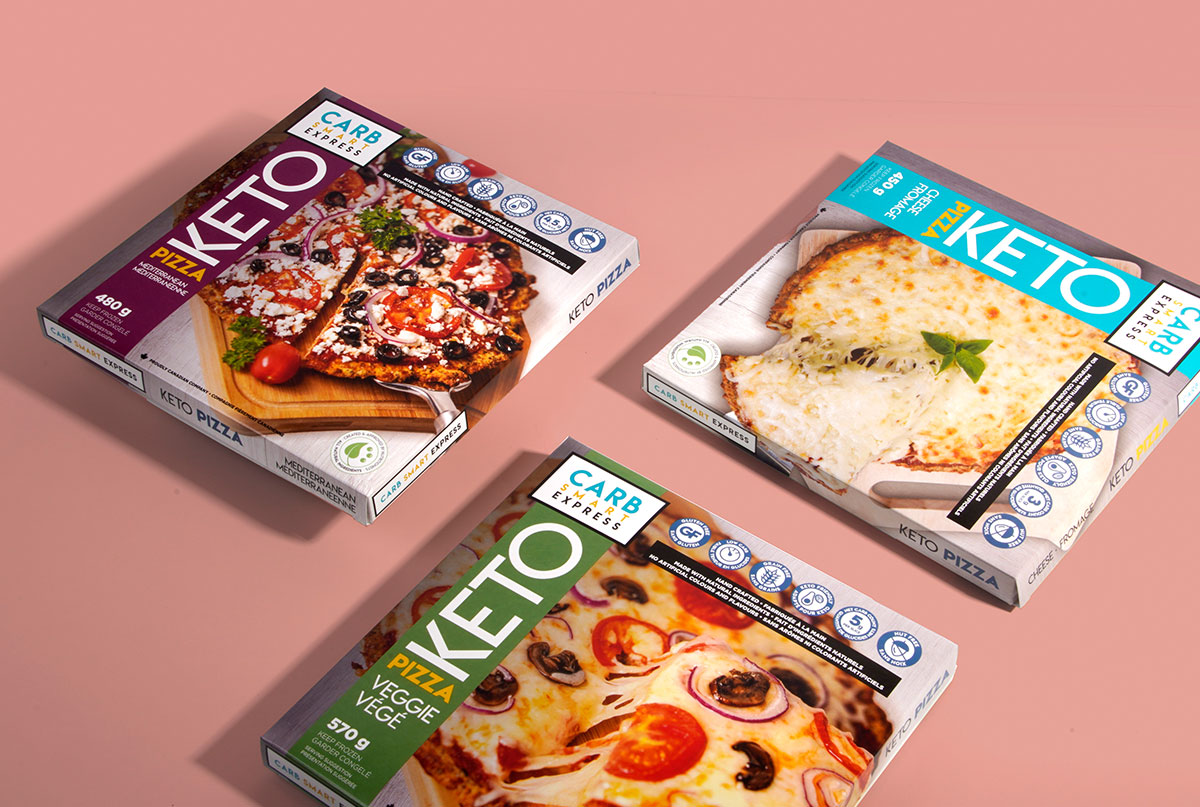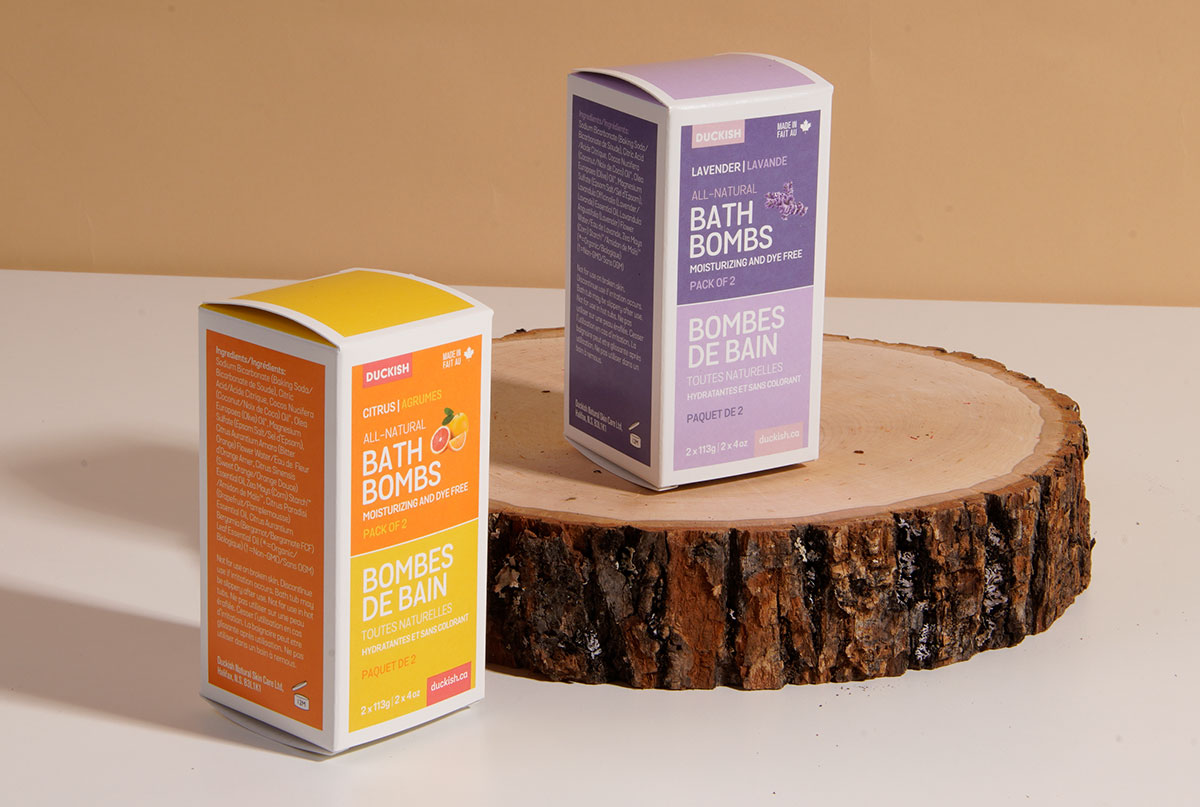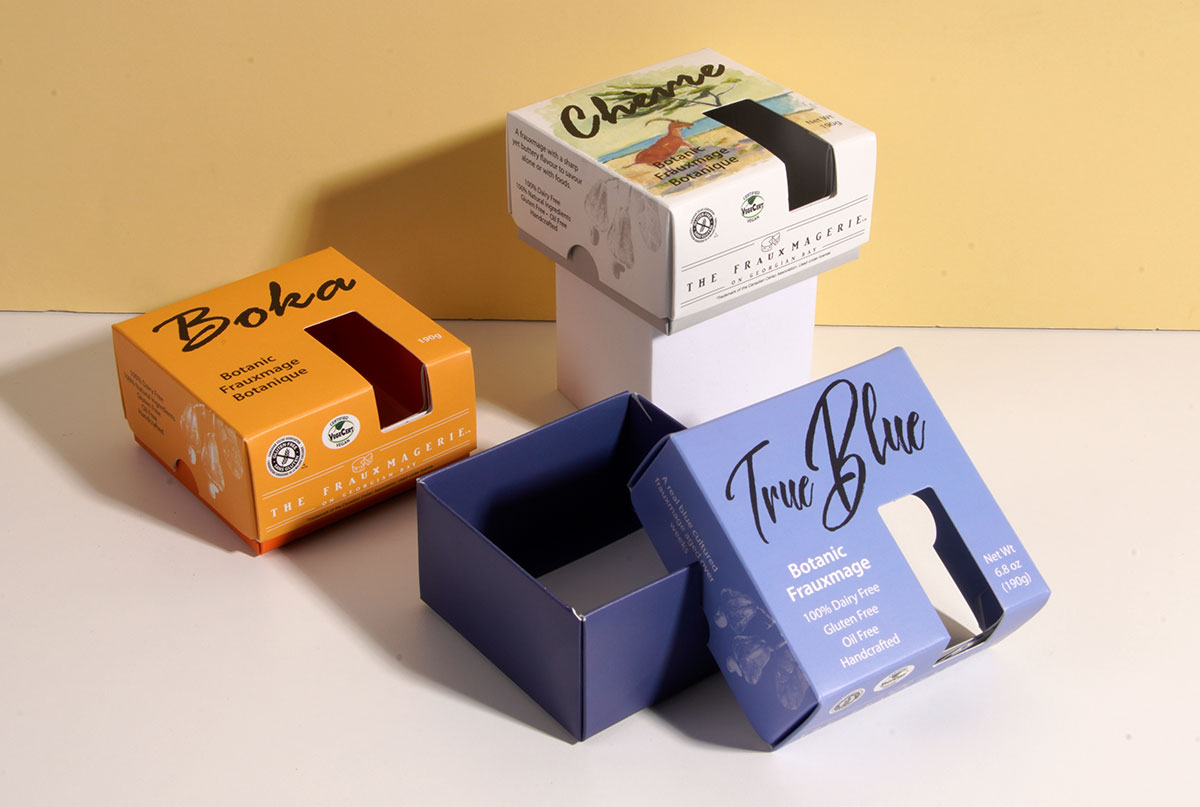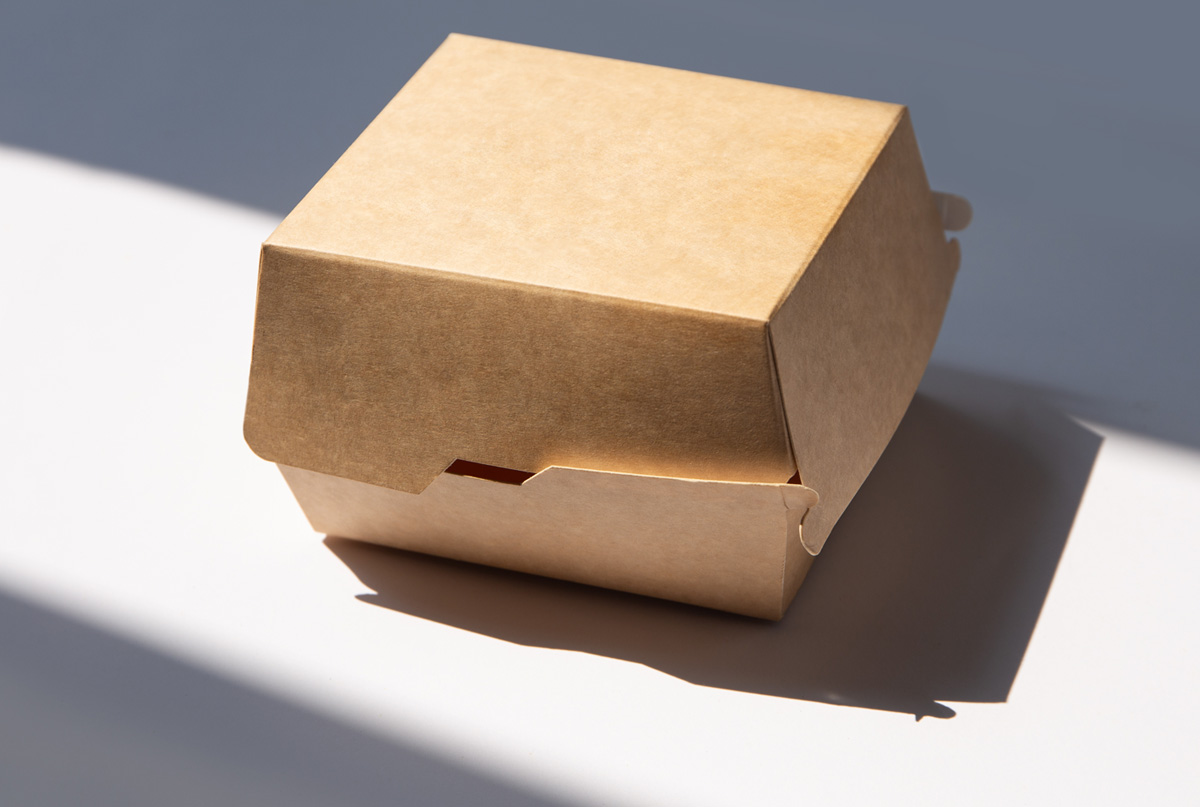As a frozen food company, you need to ensure that your packaging protects your product while also attracting customers. You will have to decide what features or characteristics of your packaging to prioritize, and this guide should help you do just that. Keep the following priorities in mind when designing your frozen food packaging.
Protection and Preservation
The most important part of your frozen food packaging is the ability to protect your product. This is important for any product, but frozen food has some unique concerns. You need packaging that is leak-proof, moisture-resistant, and durable. It is also ideal if it is at least somewhat insulated, as that will protect your product during the brief parts of the supply chain when it is not in refrigeration. Of course, the packaging should also be able to handle freezing temperatures without degrading.
Marketing and an Appealing Design
Your product packaging also needs to market your product. For in-store shoppers, it has to stand out from competitors’ products on the shelves. For online shoppers, it has to do so in thumbnails.
At the very least, your packaging design should follow your overall branding, including your fonts, colors, and brand logo. But it should also be designed to make your product more appealing than the competition. Try to come up with imagery or phrasing that will help it stand out.
Don’t forget to meet legal requirements for nutritional information as well. You will also want to include preparation instructions on the packaging.
Convenience
Most people who buy frozen food do so because of the convenience. In the case of frozen meals, you can easily heat up a delicious meal without hours of preparation or having to buy dozens of ingredients. In the case of frozen fruits and vegetables, you get the convenience of peak freshness at any time of the year.
Make sure that your packaging matches the convenience of the product. It shouldn’t be hard to open or too bulky to easily fit inside a freezer. Think about how customers use your product, and then decide what would make your product more convenient. For example, if you sell frozen fruit for smoothies, you could separate the contents into single-serving bags that customers can just dump in their blenders. Or if you sell a frozen meal, you want to ensure that everything included can be cooked following the same instructions.
Sustainability
As with every other type of product packaging, the world of frozen food packaging is seeing a push toward sustainability. Customers want products that minimize their impact on the planet. So, if you do decide to include single-serving portions divided up within a larger bag, brainstorm how to do so without excessive plastic. Or get creative with the overall packaging and see if you can come up with something recyclable that still protects the food within.
Conclusion
Keep the above considerations in mind as you choose your product packaging to protect your product and appeal to consumers. Combine those factors with the right product packaging manufacturer, and you will be on your way to success.




